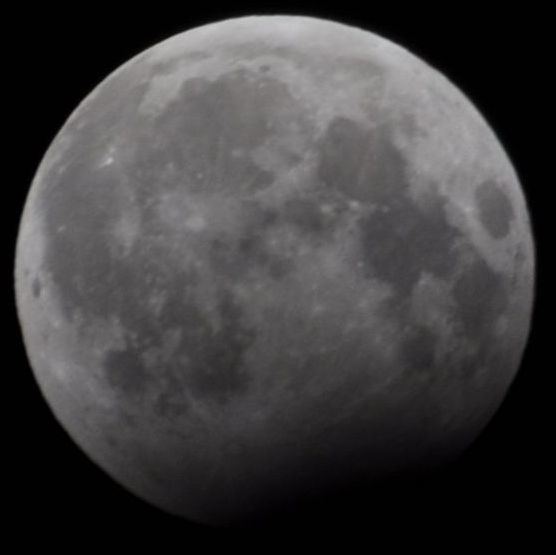 | ||
A partial lunar eclipse was visible on New Year's Eve, December 31, 2009. It was the last and largest of four minor lunar eclipses in 2009. This lunar eclipse is also notable, because it occurred during a blue moon (a second full moon in December). The next eclipse on New Year's Eve and blue moon will occur on December 31, 2028.
Contents
Only a small portion of the Moon entered the Earth's umbral shadow, but there was a distinct darkening visible over the Moon's southern surface at greatest eclipse.
Visibility
It was visible from all of Africa, Europe, Asia, Middle East and Australia. In the Philippines, the lunar eclipse was started last January 1, 2010, when it was very visible at mid-dawn until before sunrise.
Degania A, Israel
Lunar year (354 days)
This eclipse is the one of four lunar eclipses in a short-lived series. The lunar year series repeats after 12 lunations or 354 days (Shifting back about 10 days in sequential years). Because of the date shift, the Earth's shadow will be about 11 degrees west in sequential events.
